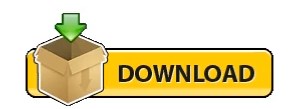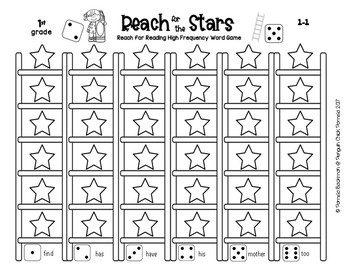

These can be used as a low-cost, low-risk means to learn the composition of unknown star systems or the locations and makeup of enemy fleets. Scouts – very inexpensive, incapable of fighting or carrying colonists.In Versions 1 to 3 the player starts off with one planet that has Level 1 technology and a middle level environment. It is not uncommon for a Reach for the Stars game to take over twelve hours to complete in single-player mode and 24 hours with multiple players. The software's AI also offered a challenging opponent in single-player games. Graphics are minimal, yet the tactical and strategic elements provide countless rich combinations for colony development and interstellar warfare. Many of RFTS's features have direct correspondence in Stellar Conquest. Reach for the Stars was very strongly influenced by the board game Stellar Conquest. The player commands a home star in the galaxy, and then expands to form an interstellar empire by colonizing far-off worlds, building powerful starships, and researching new technologies. It was also ported to the Amiga and Apple II GS, from the Mac OS version. The game was eventually ported to pre-Mac OS X versions of the Macintosh operating system, such as System 6. Version 3 added an MS-DOS port, though it did not share all of the features of the other platforms. It was written by Roger Keating and Ian Trout of SSG of Australia and published in 1983 for the Commodore 64 and then the Apple II in 1985. It is the earliest known commercially published example of the 4X genre. Reach for the Stars is a science fiction strategy video game.


 0 kommentar(er)
0 kommentar(er)
